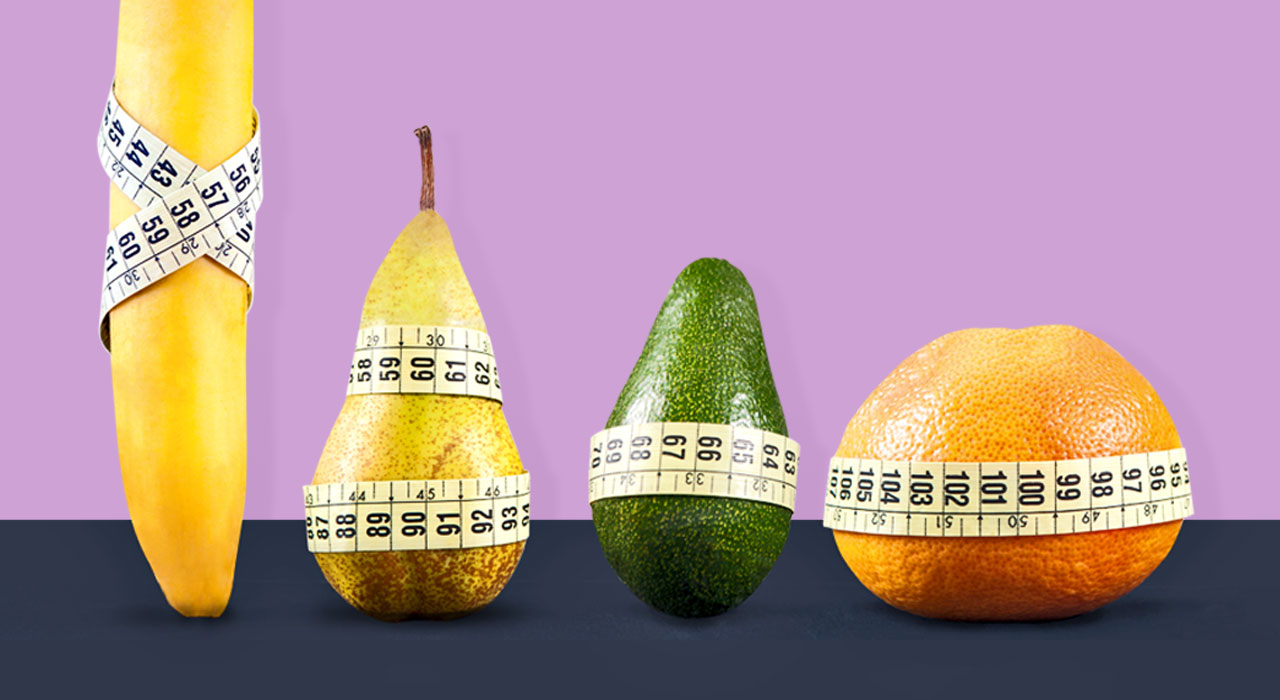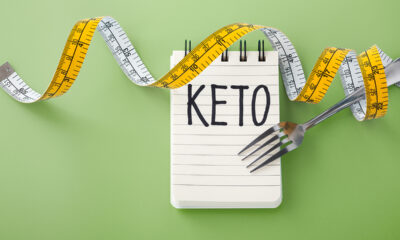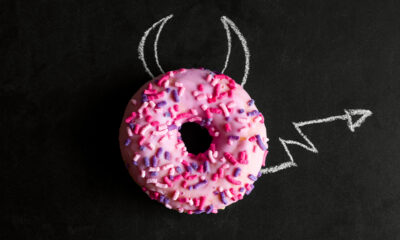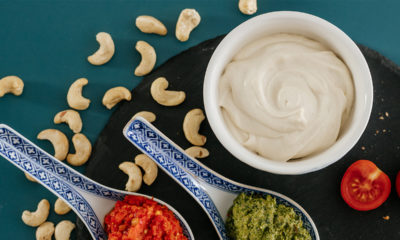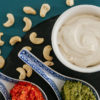Nutrition
Good Carbs vs. Bad Carbs: What’s The Difference?
When it comes to the nutrition world, carbs get a pretty bad wrap. We’re told to avoid and they’re usually the first thing people drop when they have a diet overhaul.
After starting to count my macros, I noticed that a lot of the foods were filled with carbs and began to worry that I wasn’t dieting right. There are 27g in a banana alone, which left me wondering: ‘am I eating too many carbs?’
Then I realized that wasn’t the right question to ask, it should be ‘am I eating too many bad carbs?’. Bread and pasta are labelled as bad, but other than that, the information can be confusing and often contradictory. So, we decided to dig a bit deeper and find out what carbs are, whether they’re essential for your health and which ones we should be eating.
What is a carb?
Short for carbohydrate, it’s a molecule that contain carbon, hydrogen and oxygen atoms. It’s no surprise then that this macronutrient is used primarily for energy. To do this, carbs get broken down into glucose, which is the form of sugar used by our body. Otherwise, it gets turned into fat for later use.
They are split into three main categories:
Sugars: Short-chain carbohydrates such as glucose, fructose and sucrose found in foods.
Starches: Long chains of glucose molecules. They get broken down into glucose in the digestive system.
Fiber: Indigestible, however the bacteria in the digestive system can make use of them.
Whole vs. refined
Many people refer to carbs in the ‘simple’ and ‘complex’ categories, however that doesn’t identify the key difference. Whole carbs (complex) contain the natural fiber found in the food whereas refined (simple) had their fibers removed when they were processed.
Refined carbohydrates include fruit juices, white bread, and white rice. The American Diabetes Association found that these types of carbs can increase your risk type 2 diabetes and other studies have linked them with obesity. They also cause major spikes in blood sugar levels which can leave you crashing late afternoon, craving more high-carb foods.
Whole carbohydrates such as, vegetables, whole grains and potatoes on the other hand, are a great source of key nutrients, fiber and energy without the dreaded sugar rush.
How much should I be eating?
Currently, the Dietary Guidelines for Americans recommends that carbohydrates should make up around 45-65% of your total daily calories. Protein should make up the same as your carbs and fats come in at between 20-35%.
Do I need carbs?
Technically, no. The body can still function without any carbohydrates entering your body as it isn’t an essential nutrient. If you banish all carbs from our diet, your brain uses ketones for energy and your body produces the little glucose the brain needs through gluconeogenesis.
However, carbs still provide plenty of benefits. If you cut them out completely, you risk a deficiency of certain nutrients that are found in carb-containing fruit and veg.
So, what can I eat?
Good carbs:
• Vegetables: The best way to consume carbs
• Whole fruits: Bananas, apples, strawberries
• Legumes: Lentils, peas, kidney beans
• Seeds: Chia seeds, pumpkin seeds
• Nuts: Walnuts, peanuts, hazelnuts
• Whole grains: Oats, quinoa, brown rice
• Tubers: Potatoes, sweet potatoes
Bad carbs:
• Sweetened beverages
• White bread
• Ice cream
• Pastries, cookies and cakes
• French fries and potato chips
• Fruit juices – have a similar metabolic effect as sugar-sweetened drinks
• Candies and chocolates
In general, carbohydrates aren’t the enemy that many people think they are. With a little education on the types of carbs you put into your body, you can enjoy plenty of carb-filled foods as a part of a healthy, balanced diet.
For more nutritional information straight to your inbox, sign up to the TRAIN for HER newsletter.


